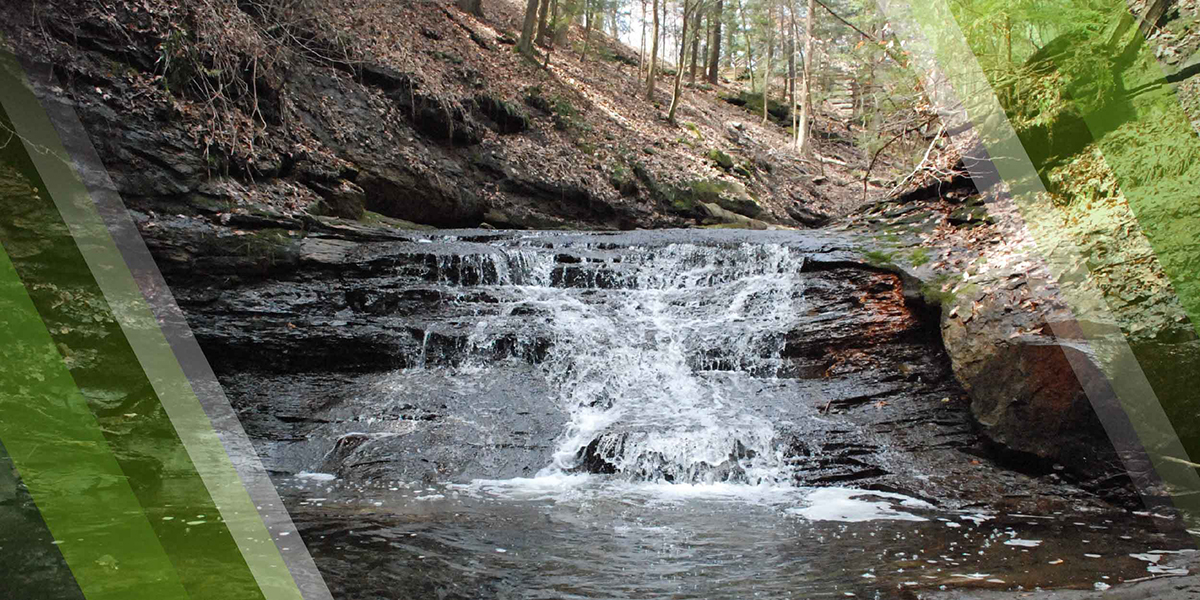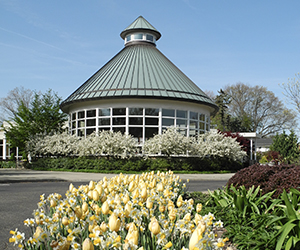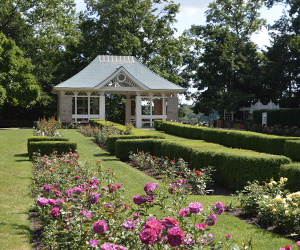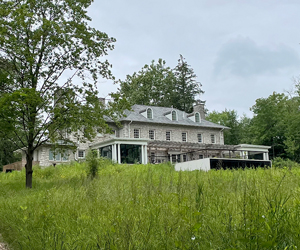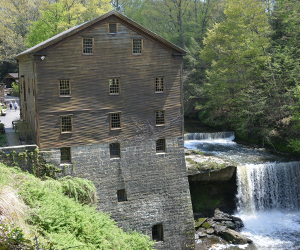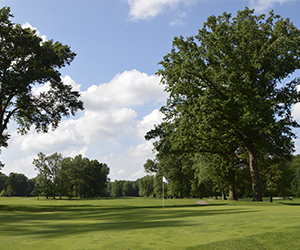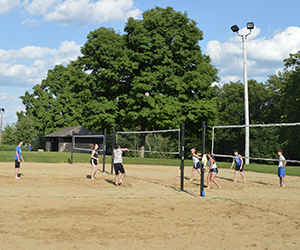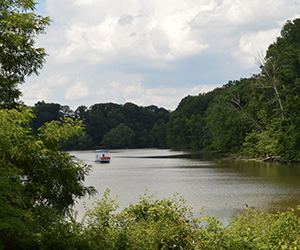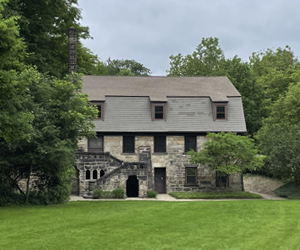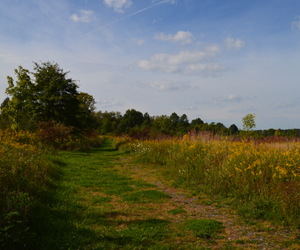OUR MISSION
Address & Phone
Mill Creek MetroParks
Administration Office
7574 Columbiana-Canfield Rd.
Canfield, OH 44406
Phone: 330.702.3000
Fax: 330.702.3010
Office Hours
Monday – Friday
8 am – 3:30 pm
Closed on Observed Holidays
View the Mill Creek MetroParks
Visitor Guides & Maps
The mission of Mill Creek MetroParks is to provide park, recreational, educational, and open space facilities of regional significance. In fulfilling this mission our objectives are:
Mill Creek Park
Mill Creek Park was established in 1891 by Volney Rogers as the first park district in Ohio. Mill Creek Park is the largest area of the MetroParks encompassing over 2,658 acres of the MetroParks’ 5,000+ acres. Recreation opportunities include hiking, biking, boating, fishing, golf, tennis, volleyball, picnicking, cross country skiing, sledding, and much more. Mill Creek Park offers 20 miles of drives and 45 miles of trails.
Mill Creek flows through the Park in a northerly direction supplying water to three lakes. Mill Creek Park extends along the Mill Creek Valley from Western Reserve Road to the confluence of Mill Creek and the Mahoning River.
The northern section of Mill Creek Park includes Lanterman’s Falls and the Mill Creek Gorge. This area offers breathtaking views with its cascading waters, steep hillsides beautifully covered with deciduous and evergreen trees, bold sandstone outcroppings, and numerous grass-covered meadows. South of the gorge the land is rolling and partly wooded.
Volney Rogers
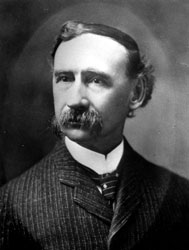 Volney Rogers (1846-1919), a remarkable visionary, believed that land itself could improve the lives of Youngstown citizens by providing a healthful alternative to the rapidly industrializing city. After exploration of an area on horseback and by foot, Volney knew that the land bordering Mill Creek with its hemlock-laced gorge, breathtaking falls, and magnificent vistas would need to be protected from industrial development. His dream was to open a parcel of 400 acres to the people, enhancing the land and the lives of those who would visit there, partaking of nature’s healing ways. Rogers wanted to share his discovery and preserve it for all future wanderers.
Volney Rogers (1846-1919), a remarkable visionary, believed that land itself could improve the lives of Youngstown citizens by providing a healthful alternative to the rapidly industrializing city. After exploration of an area on horseback and by foot, Volney knew that the land bordering Mill Creek with its hemlock-laced gorge, breathtaking falls, and magnificent vistas would need to be protected from industrial development. His dream was to open a parcel of 400 acres to the people, enhancing the land and the lives of those who would visit there, partaking of nature’s healing ways. Rogers wanted to share his discovery and preserve it for all future wanderers.
Volney Rogers was instrumental in writing the legislation for creating a park district in Ohio. Approved by voters in April 1891, Youngstown Township Park District (Mill Creek Park) became the first park district in Ohio.
A committee was formed to honor Volney Rogers for his efforts in creating, planning, and protecting Mill Creek Park. The plan was to have a statue erected in his likeness, and sculptor Frederick C. Hibbard was commissioned for the project. In February 1919, Volney left for a tour of the west. While in Colorado, he visited a site that resembled the Mill Creek Gorge and was caught in a surprise blizzard. He contracted a serious cold that led to pneumonia and his death on December 3, 1919, at the age of 73. Volney Rogers is buried at Tod Cemetery in Youngstown, Ohio.
“Not only is Volney Rogers remembered for his foresight in conceiving the idea of a park district, his lifelong interest in nature led him to supervise every aspect of the formation of park lands. He studied landscape architecture and engineering to be able to work alongside the specialists who were hired to shape the beauty of this land. He used his legal expertise to protect and define the park. As a citizen of the Mahoning Valley, he cherished the park on a daily basis. His commitment has made possible the living trust that we…have been given to enjoy and protect.”
– Bridgett M. Williams, The Legacy of Mill Creek Park
“The benefits of the land to people have increased over the last century. Recreation fields, golf courses, and trails are still great places of outdoor fun. Spirits continue to soar with the great blue herons over the lakes, family gatherings abound at indoor and outdoor facilities, and educators work with folks of all ages–sharing the wonders of nature and horticulture. A magical garden draws visitors from around the world. The young and young at heart are charmed by a vast array of memorable special events.
Since voters approved converting to Mill Creek MetroParks in 1989, park lands have continued to enhance life in the community. There are new vistas to appreciate as more open space and its wildlife are protected from development. The legacy of Volney Rogers goes beyond the preserved and enhanced lands and waters; his lessons in stewardship travel home with every inspired visitor, giving support to those who strive to save our valuable environmental treasures. His philosophy was a century ahead of its time.”
– Carol Potter and Rick Shale, Historic Mill Creek Park

